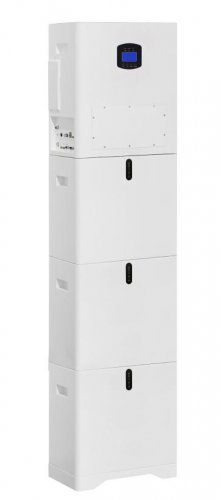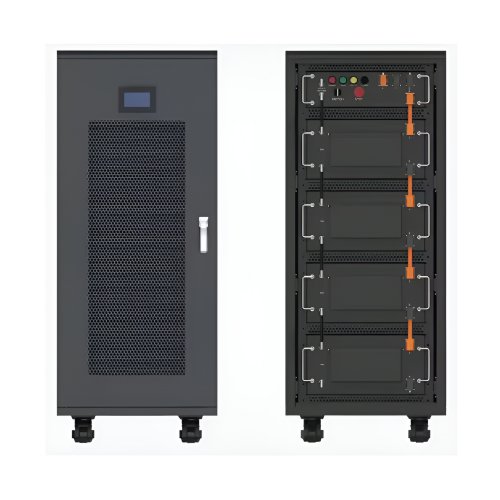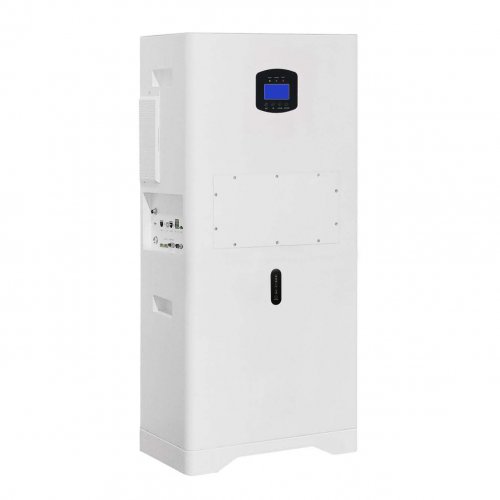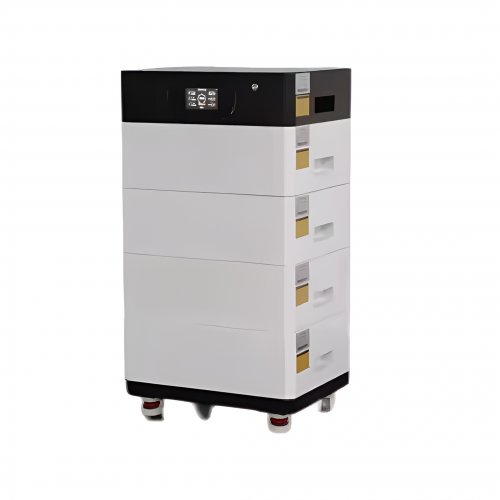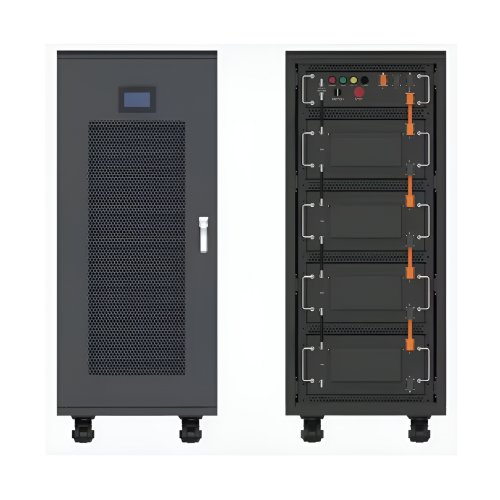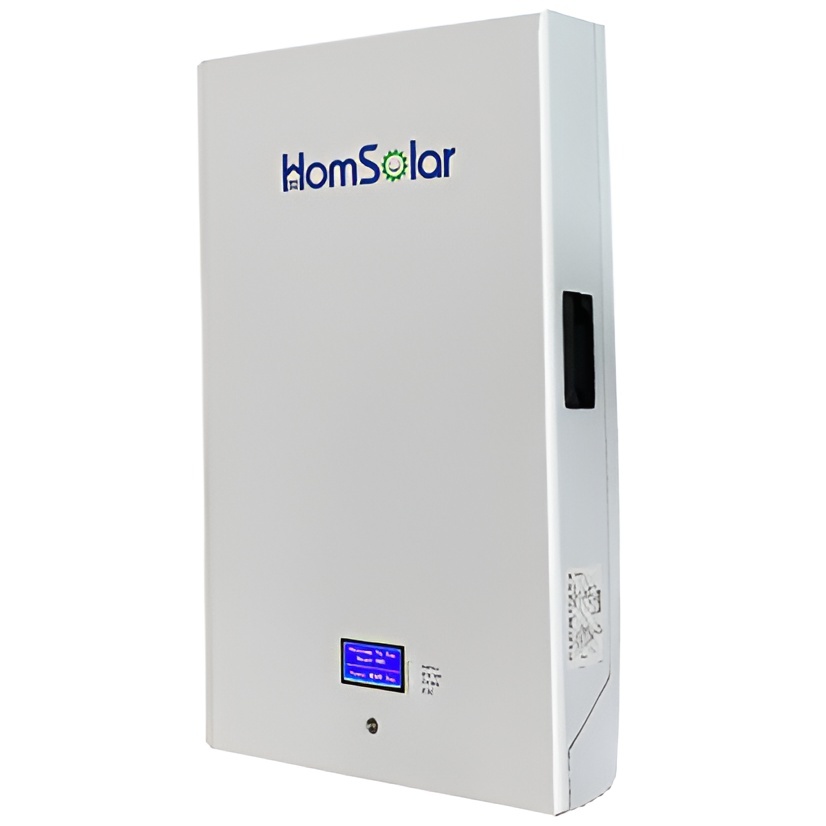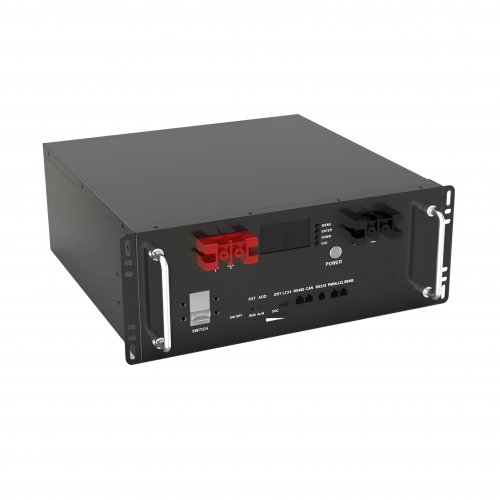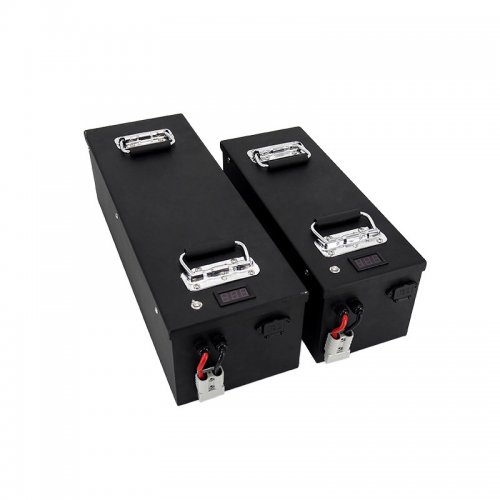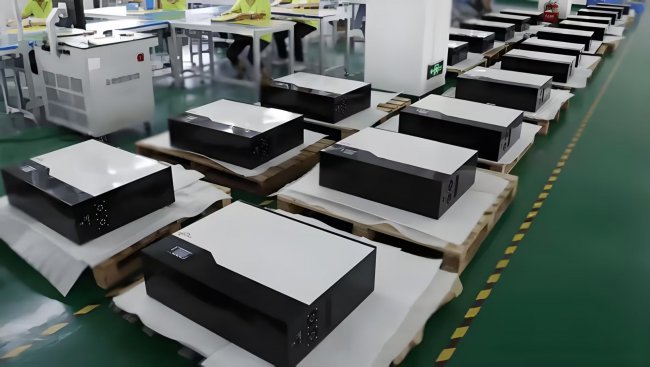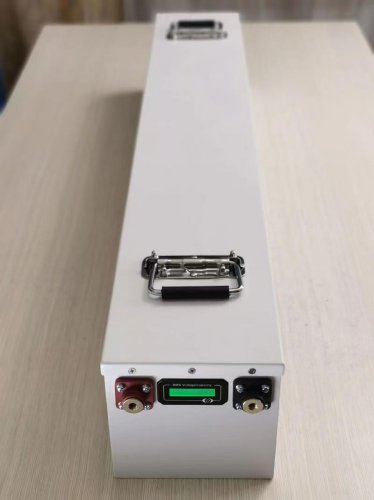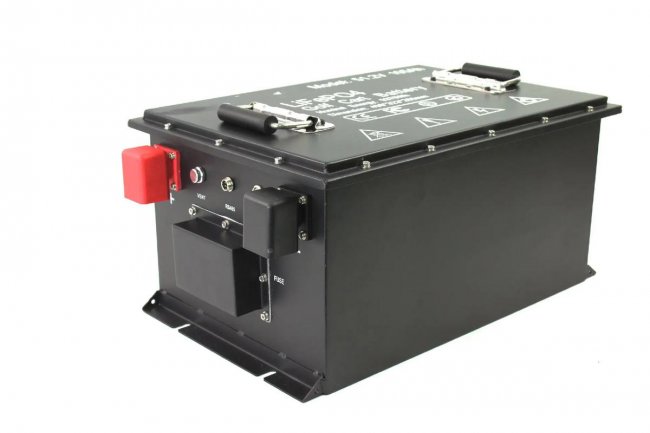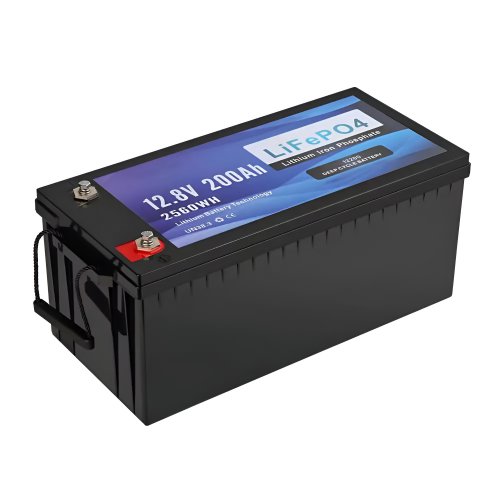Advances In Lithium Iron Phosphate: Reinventing A Mainstream Cathode For Next-generation Batteries
For decades, lithium iron phosphate (LiFePO₄ or LFP) has occupied a unique and sometimes underestimated position in the lithium-ion battery (LIB) landscape. Initially celebrated for its exceptional safety and long cycle life, its commercial adoption was historically hampered by its relatively low theoretical capacity (170 mAh g⁻¹) and intrinsically poor electronic and ionic conductivity. However, the past few years have witnessed a remarkable renaissance for LFP, driven not by the discovery of a new material, but by profound advancements in our understanding and engineering of this mature cathode. This resurgence is propelled by a confluence of factors: strategic supply chain concerns regarding cobalt and nickel, the massive scaling of electric vehicles (EVs) where safety and cost are paramount, and a series of critical scientific breakthroughs that are pushing the performance boundaries of LFP far beyond initial expectations.
Fundamental Understanding and Nanoscale Engineering Revisited
The foundational breakthrough for LFP was the pioneering work on nanoscale particle sizing and carbon coating, which mitigated its poor conductivity. Recent research has delved deeper, moving beyond simple particle size reduction to sophisticated morphological control. The development of single-crystal LFP (SC-LFP) represents a significant leap forward. Unlike traditional polycrystalline LFP, which consists of numerous small grains, SC-LFP is composed of large, monolithic crystals. This structure drastically reduces grain boundaries, which are primary sites for parasitic reactions with the electrolyte and mechanical degradation during cycling. A study by Huang et al. (2022) demonstrated that SC-LFP cathodes exhibit superior capacity retention, maintaining over 90% of their initial capacity after 2,000 cycles at high temperatures, a condition that rapidly degrades polycrystalline LFP. The reduced surface area also minimizes gas generation, a critical factor for battery longevity and safety in confined spaces.
Furthermore, advanced characterization techniques, such asin-situtransmission electron microscopy and synchrotron X-ray diffraction, have provided unprecedented insights into the phase transition mechanism during (de)lithiation. It is now understood that the lithiation/delithiation process is more complex than a simple two-phase boundary movement. The presence of metastable intermediate phases and the impact of crystallographic orientation on lithium-ion diffusion are actively being investigated. This refined understanding is guiding the design of particles with optimized facet exposure, enabling faster charging capabilities.
Breakthroughs in Performance: Closing the Gap and Setting New Records
The application of these fundamental insights has led to tangible performance enhancements, particularly in energy density and charging rates. While the voltage plateau of LFP is fixed at ~3.2 V, researchers are successfully increasing the practical tap density and electrode loading to compensate for the gravimetric energy deficit compared to NMC (Lithium Nickel Manganese Cobalt Oxide). Through dense electrode engineering, achieved by optimizing the particle size distribution and binder systems, the volumetric energy density of LFP cells is approaching that of early-generation NMC cells.
Perhaps the most publicized advancement is the dramatic improvement in fast-charging performance. The conventional wisdom that LFP batteries cannot be charged rapidly is being overturned. Companies like CATL and BYD have announced LFP battery systems capable of charging from 0 to 80% state-of-charge in 15 minutes or less. This is achieved through a holistic approach: the use of SC-LFP to reduce internal resistance and degradation, the development of novel electrolytes with high ionic conductivity and wide electrochemical stability windows, and the implementation of sophisticated battery management systems (BMS) that can precisely control the charging protocol without triggering lithium plating. For instance, a recent report by Liu et al. (2023) detailed an LFP/graphite cell design incorporating a thermally modulated electrolyte and a asymmetric temperature modulation strategy, enabling ultra-fast charging in 10 minutes without accelerating degradation.
Beyond Traditional Lithium-Ion: LFP in Sodium-Ion and Solid-State Batteries
The versatility of the LFP structure is being explored beyond conventional LIBs. The olivine structure is amenable to ion substitution, leading to its close relative, sodium iron phosphate (NaFePO₄), which is emerging as a leading cathode material for sodium-ion batteries (SIBs). While the electrochemical performance of NaFePO₄ is distinct from LFP, the vast knowledge base in synthesizing and optimizing the olivine phosphate structure is directly transferable, accelerating the development of this cost-effective and sustainable alternative for grid storage and low-range EVs.
Moreover, LFP is proving to be an exceptionally compatible partner for solid-state batteries (SSBs). The high thermal stability of LFP (decomposition temperature >300°C) aligns perfectly with the high-temperature processing often required for solid electrolytes. More importantly, its stability mitigates the interfacial instability issues that plague high-nickel cathodes when paired with solid electrolytes. Research by Fan et al. (2023) showed that a composite LFP cathode with a sulfide-based solid electrolyte exhibited minimal interfacial resistance growth and stable long-term cycling, highlighting LFP's potential to be the first cathode material enabling safe, high-energy, and long-lasting solid-state batteries.
Future Outlook and Challenges
The future for LFP is exceptionally bright, but not without challenges. The trajectory points towards its continued dominance in the mass-market EV sector and large-scale energy storage systems (ESS). Future research will focus on further refining the sustainability of its lifecycle, from developing low-energy synthesis methods to perfecting closed-loop recycling processes to recover lithium, iron, and phosphate with high purity.
Key research frontiers include: 1. Ultra-Long Lifecycle: Targeting cycle lives exceeding 10,000 cycles for second-life applications in ESS, requiring even more stable electrode-electrolyte interphases. 2. Low-Temperature Performance: Improving the ionic conductivity of the electrolyte and modifying the LFP surface to enhance performance in sub-zero conditions remains a significant hurdle. 3. Integration with Advanced Anodes: Pairing LFP with silicon-based anodes is an attractive pathway to create cells that combine the safety of LFP with the high energy density of silicon, though managing the large volume change of silicon requires innovative cell engineering. 4. AI-Driven Material and Cell Design: Machine learning is now being employed to discover optimal doping elements, electrolyte formulations, and electrode architectures tailored specifically for LFP chemistry, accelerating the innovation cycle.
In conclusion, lithium iron phosphate is undergoing a remarkable evolution. No longer viewed as a "low-end" or "mature" technology, it is at the forefront of battery innovation. Through sophisticated materials engineering, a deeper fundamental understanding, and its inherent safety and sustainability advantages, LFP is being reinvented. It is poised to remain a cornerstone of the global transition to electrification, powering everything from affordable electric vehicles to the resilient grids of the future.
References (Examples):Huang, Y., et al. (2022). "Superior High-Temperature Cyclability of Single-Crystal LiFePO₄ Cathodes for Lithium-Ion Batteries."Advanced Energy Materials, 12(15), 2103501.Liu, X., et al. (2023). "Fast-charging of LiFePO₄/Graphite Batteries via Asymmetric Temperature Modulation."Nature Energy, 8, 235-245.Fan, L., et al. (2023). "Stable Interface between LiFePO₄ and Sulfide Electrolyte for All-Solid-State Lithium Batteries."ACS Energy Letters, 8(2), 1083-1091.
Customized/OEM/ODM Service
HomSolar Supports Lifepo4 battery pack customization/OEM/ODM service, welcome to contact us and tell us your needs.


HomSolar: Your One-stop LiFePO4 Battery Pack & ESS Solution Manufacturer
Our line of LiFePO4 (LFP) batteries offer a solution to demanding applications that require a lighter weight, longer life, and higher capacity battery. Features include advanced battery management systems (BMS), Bluetooth® communication and active intelligent monitoring.

Customised Lithium Iron Phosphate Battery Casing
ABS plastic housing, aluminium housing, stainless steel housing and iron housing are available, and can also be designed and customised according to your needs.

HomSolar Smart BMS
Intelligent Battery Management System for HomSolar Energy Storage System. Bluetooth, temperature sensor, LCD display, CAN interface, UART interface also available.


Terminals & Plugs Can Be Customized
A wide range of terminals and plugs can be customised to suit the application needs of your battery products.

Well-designed Solutions for Energy Storage Systems
We will design the perfect energy storage system solution according to your needs, so that you can easily solve the specific industry applications of battery products.



About Our Battery Cells
Our energy storage system products use brand new grade A LiFePO4 cells with a battery lifespan of more than 4,000 charge/discharge cycles.



Applications in Different Industries
We supply customized & OEM battery pack, assemble cells with wiring, fuse and plastic cover, all the cell wires connected to PCB plug or built BMS.
Applications: E-bike, Electric Scooter, Golf Carts, RV, Electric Wheelchair, Electric Tools, Robot Cleaner, Robot Sweeper, Solar Energy Storage System, Emergency Light, Solar Power Light, Medical Equipment, UPS Backup Power Supply.
We can provide you with customized services. We have the ability to provide a vertical supply chain, from single cells to pack/module and to a complete power solution with BMS, etc.


HomSolar (Shenzhen) Technology Co., Ltd







